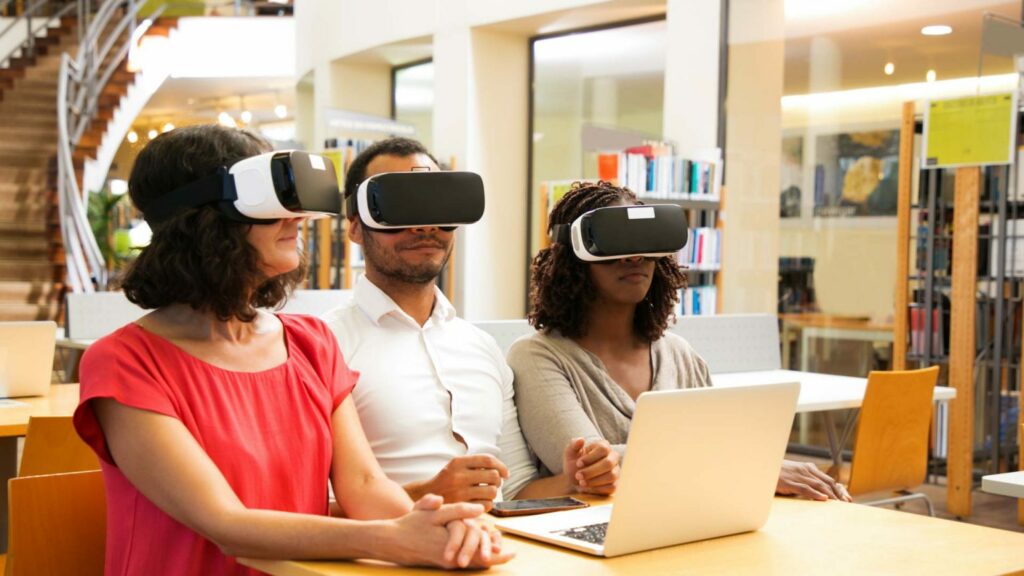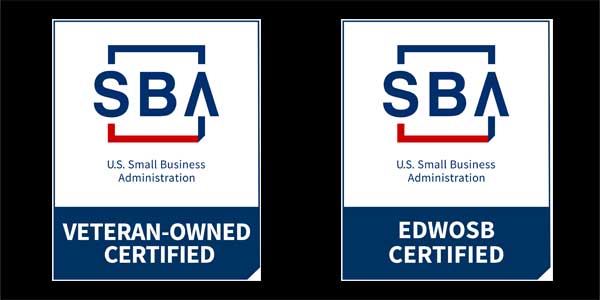KPIs To Measure When Safety Training
Enjoy the video and read along with the exact transcript below:
Doug Shoemaker (Marketing Executive – BasicSafe):
– It’s going to stick with you much more than just somebody standing at the front of the room, telling you that if a trench collapses, then it could kill you, right?
[00:00:21] Hi, I’m JennyQ with 360Immersive, and I’m really excited to have Doug Shoemaker with me. Doug is with BasicSafe. Welcome, Doug. Hey Jenny, thanks for having me. Thanks for being here. I’d love it if you could just take a second and tell us about BasicSafe, what you do, and also what your role is with BasicSafe.
[00:00:40] Okay. So I’m the Marketing Executive with BasicSafe. What we do is we offer an EHS management software primarily to manufacturing companies. What are goal is, is to simplify everything around managing environmental health and safety, all the paperwork and reporting that goes into that. Great, and how do you guys do that?
[00:01:01] How do you actually help with that part of EH&S? So we minimize the amount of data that has to be entered into the system before reports can be generated. And we compile the data and create reports in an automated fashion for our customers. So essentially taking something that could take a pile of paperwork and making it into a couple of clicks.
[00:01:20] As a marketing executive, you work with a lot of clients in the EHS industry. And you also probably hear some of the challenges that organizations are having with regard to safety, training, and compliance. Is that true? Yeah, there’s a big issue with engagement. The kind of material that’s out there right now.
[00:01:41] It’s overdone. It’s not super exciting, it’s not very fun for the employees. So they just don’t really stick with it. I mean, they’ll sit through the training, but they’re not getting much more out of it than they were 5, 10, maybe even 15 years ago. Oh, that’s interesting. So things have shifted. Why has that shift happened that they got more out of the same training 10 or 15 years ago? And they aren’t now.
[00:02:06] I think that before. The DVD training or video format training was exciting. And so they were more engaging. Now, video is so readily consumed that it’s just not, it’s not super engaging anymore. It’s very passive.
[00:02:22] Okay, fascinating. That’s really interesting. One of the things that I was looking around BasicSafe’s website, and I found an article that I really wanted to ask you about, a blog post. It’s about the KPIs and safety training and how would a safety manager choose the most important KPIs to track?
[00:02:42] So it kind of depends on the organization, but what you need to find out, is are you, are you needing to increase the engagement level? Are you needing to increase your retention level? And then based on that, you would decide which KPIs make the most sense for you. Generally, you really want to track the retention level, right?
[00:03:03] Because that’s going to kind of tell you that the engagement is higher. If it’s being retained.
[00:03:09] What are some of the other KPIs that they could track just in general in their organization?
[00:03:13] So one of the really common ones is how often training is given or how the test scores.
[00:03:23] Okay. Right.
[00:03:24] Because you have to show compliance, right? I mean, as a company, you have to protect yourself and say, no, we taught them this.
[00:03:31] Okay. So you say that one of the most important KPIs to track is retention. And I’m curious, you’ve seen how 360 does the VR snapshots and VR modules. How do you see that helping with the tracking of retention, for the KPI tracking?
[00:03:55] So I think that what you’ll immediately see, with something like virtual reality or augmented reality, is that you, it feels like a hands-on experience. It gives you something that you can only get from a hands-on experience without actually having to experience that thing. So, as far as your brain knows, you’re actually doing the thing that’s going on in the, in the VR or the AR training. Which, if you’re able to then include testing in the training, you can immediately see how so, how well they’re picking up on the information. And then when you come back later, that’s really where retention comes in is, you know, a week down the road, or two weeks or however long is that information still there.
[00:04:37] But when you’re able to see something like you know your own death in a virtual reality session, that you can’t do in real life, obviously, right? That it’s going to stick with you much more, than just somebody standing at the front of the room, telling you that if a trench collapses, then it could kill you right? If you’re in a virtual reality training and the trench collapses, it’s a very real feeling. And so you get you to remember it, right?
[00:05:07] Well, absolutely. It’s a visceral reaction. Your subconscious can’t determine whether it happened or it didn’t happen. So it’s like with a child, you know, I know who you can tell them 20 times and not to touch the hot stove and they won’t retain that until the one time, hopefully not, but they’re going to touch it and they’re going to remember never touch that again. Yeah.
[00:05:32] And so how valuable is it for organizations to be able to provide a hands on training with zero risk of actually being in danger?
[00:05:46] I don’t know, a better option to provide the same kind of experience that you can get out of virtual reality or augmented reality.
[00:05:55] It just involves the learner so much more than anything else could. I mean, you can have hands-on experiences with some things. You know, you can show your people how to tie off correctly, but you can’t and show them what it feels like if they do don’t tie off correctly, right which is something that VR can give them.
[00:06:14] Right. Perfect. I love it. Very good. Doug, thank you so much for joining me today. I’m I love what you’ve brought, combining the KPIs with the retention and so if somebody wants to reach out to you, what’s the best way for them to get ahold of you? The best way to reach us is through our website.
[00:06:33] There’s a contact us button at the top of most of the pages. That’s definitely the quickest way. Perfect. All right. Thank you so much.


